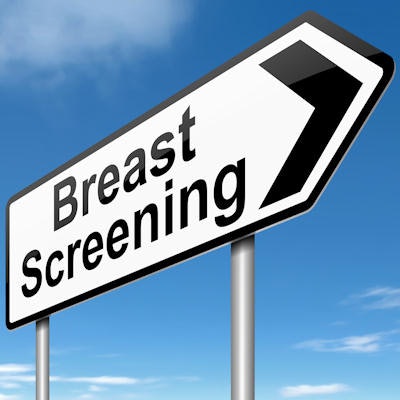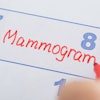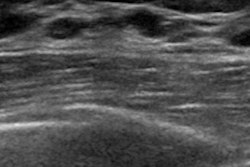
A screening mammography program that begins when a woman is 40 and continues on an annual basis is the most effective for reducing mortality rates, according to a study published in the September issue of the Journal of the American College of Radiology.
Why? Because screening that starts earlier and is performed every year finds breast cancer in its earlier stages, which boosts a woman's chances of beating the disease, wrote study author Dr. Samir Patel of Elkhart General Hospital in Elkhart, IN.
"Breast cancer survival is related to many factors, but stage at diagnosis is a critical determinant, with greater survival at a lower stage at diagnosis," he wrote.
There are a variety of guidelines for screening mammography, Patel noted. The American College of Radiology recommends annual screening starting at age 40, while the U.S. Preventive Services Task Force recommends biennial screening between the ages of 50 and 74. Finally, the American Cancer Society suggests a hybrid program of annual screening for women between 45 and 54, followed by biennial screening starting at age 55.
Using Surveillance, Epidemiology, and End Results (SEER) data, Patel compared estimated five-year mortality rates of women diagnosed with breast cancer based on stage at diagnosis and screening guideline. He also compared percentages of invasive cancer, early-stage cancers (0 and I) as a percent of total cancers, and stage I cancers as a percent of total invasive cancers (JACR, September 2018, Vol. 15:9, pp. 1206-1213).
From the SEER data, 445 women met the study's inclusion criteria. Of these, 16% were between 41 and 49 years of age, 67% were between 50 and 74, and 17% were 75 to 84. In the study population, 83.1% of cancers were invasive, 59.8% of total cancers were stage 0 or I, and 51.5% of invasive cancers were stage I.
When Patel compared the three screening program categories, he found that the annual program had the lowest percentage of invasive cancers, the highest percentage of stage 0 and I versus total cancers, the highest percentage of stage I invasive cancers, and the lowest overall five-year and stage I to IV mortality rates.
| Effectiveness of breast screening programs by screening frequency | ||||
| Measure | All patients | Biennial screening | Hybrid screening | Annual screening |
| Percent of invasive cancers | 83.1% | 90.6% | 86.5% | 75.3% |
| Percent of stage 0 and I cancers | 59.8% | 38.4% | 49% | 75.3% |
| Percent of stage I invasive cancers | 51.6% | 32% | 41.1% | 67.1% |
| Estimated 5-year overall mortality rate | 14.1% | 16.1% | 14.8% | 10.1% |
| Estimated stage I to IV mortality rate | 16.1% | 17.3% | 16.4% | 12% |
In an era of value-based healthcare, Patel hopes the study findings will help providers and policymakers establish effective mammography screening programs.
"The results of this study are relevant to individual healthcare providers, medical groups, hospitals, health systems, administrators, policymakers, and patients for a greater understanding of the potential impact of following the various national mammography guidelines," he wrote.



















